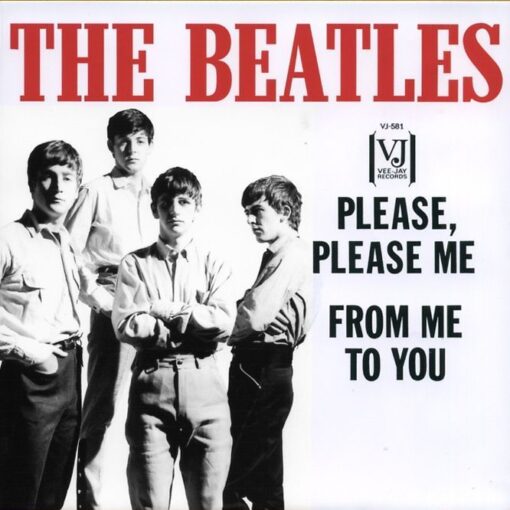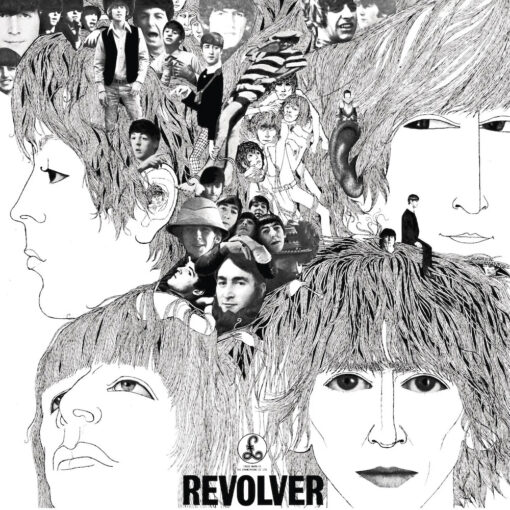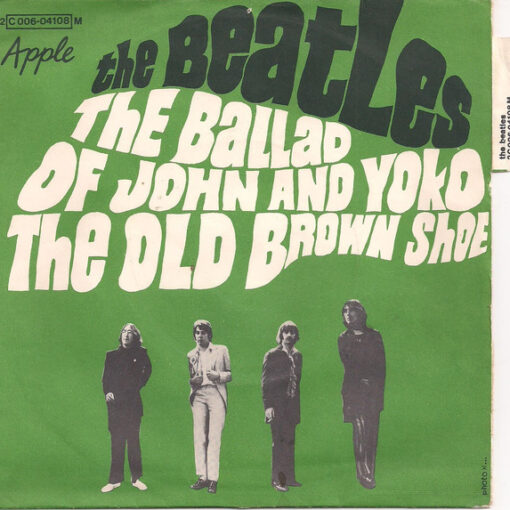- Published in 1970
- Author: Lennon/McCartney
- Track 6 on “Let It Be“
- Track 26 on “The Beatles 1967-1970” (Blue Album)
- Track 14 on “Past Masters Volume 2“
JOHN 1980: “That’s Paul… I think it was inspired by ‘Bridge Over Troubled Water.’ That’s my feeling, although I have nothing to go on. I know he wanted to write a ‘Bridge Over Troubled Water.’”
PAUL 1986: “I had alot of bad times in the ’60s. We used to lie in bed and wonder what was going on and feel quite paranoid. Probably all the drugs. I had a dream one night about my mother. She died when I was fourteen so I hadn’t really heard from her in quite a while, and it was very good. It gave me some strength.”
PAUL circa-1994: “One night during this tense time I had a dream I saw my mum, who’d been dead ten years or so. And it was great to see her because that’s a wonderful thing about dreams, you actually are reunited with that person for a second… In the dream she said, ‘It’ll be alright.’ I’m not sure if she used the words ‘Let it be’ but that was the gist of her advice, it was ‘Don’t worry too much, it will turn out okay.’ It was such a sweet dream I woke up thinking, ‘Oh, it was really great to visit with her again.’ I felt very blessed to have that dream.”
About “Let It Be”
“Let It Be” released on 6 March 1970 is the title track of Beatles’ album Let It Be. It was written and sung by Paul McCartney, and credited to the Lennon–McCartney partnership.
The single version of the song (with “You Know My Name (Look Up the Number)” as B-side), produced by George Martin, features a softer guitar solo and the orchestral section mixed low, compared with the album version, produced by Phil Spector, featuring a more aggressive guitar solo and the orchestral sections mixed higher.
At the time, it had the highest debut on the Billboard Hot 100, beginning its chart run at number 6 and eventually reaching the top. It was the Beatles’ final single before McCartney announced his departure from the band. Both the Let It Be album and the US single “The Long and Winding Road” were released after McCartney’s announced departure from and the subsequent break-up of the group.
“Let It Be” is a ballad with a simple, memorable melody and heartfelt lyrics. It features McCartney’s lead vocals and piano playing, with backing harmonies from the other Beatles. The song was recorded during the tumultuous “Get Back” sessions, known for their creative tension and marked a difficult period in the band’s history.
“Let It Be” received widespread acclaim and became one of The Beatles’ most commercially successful and enduring songs. It has been covered by numerous artists over the years and remains a popular and frequently performed song. The phrase “Let It Be” has become a widely recognized expression of accepting things as they are.
The song’s release coincided with the announcement of The Beatles’ breakup, and it has come to be associated with the end of an era in music history. “Let It Be” has been used in various films, television shows, and commercials, further cementing its place in popular culture.
Overall, “Let It Be” stands as a poignant and timeless classic in the Beatles’ discography, known for its emotional resonance and universal message of finding peace in times of trouble.
Meaning of “Let It Be”
“Let It Be” is about finding acceptance and peace in the face of challenges and uncertainties. The lyrics suggest a message of letting go of worries and allowing things to unfold naturally.
The inspiration for the song came from a dream that Paul McCartney had about his late mother, Mary McCartney. In the dream, she offered him words of comfort during a period of turmoil in his life. This dream served as the foundation for the song’s lyrics.
Overall, “Let It Be” conveys a message of serenity, trust, and the idea that sometimes the best course of action is to accept things as they are and have faith that they will work out in the end. It’s a song that has resonated with many listeners for its universal message of finding inner peace amidst life’s challenges.
Personnel
The Beatles
- Paul McCartney – lead and backing vocals, piano, maracas, electric piano, bass guitar
- John Lennon – backing vocals
- George Harrison – lead guitars, backing vocals
- Ringo Starr – drums
Additional musicians
- Linda McCartney – backing vocals
- Billy Preston – Hammond organ
- George Martin – string and brass arrangements
- Various session musicians – orchestration



